What is Hard Anodizing?
Because of its lighter weight and non-conductivity, anodized aluminum has become a popular alternative to steel in manufacturing circles. But many applications call for a process called anodizing to give aluminum a stronger surface. Essentially, anodizing involves immersing aluminum in a bath of sulfuric acid, called an electrolyte, and running a low-voltage electric current through the acid solution. The result of normal anodizing is a thin coating of aluminum oxide (rust) on the surface of the original aluminum sheet. If the acid solution is cooled to the freezing point of water and the amount of electric current increased substantially, however, the process is called hard anodizing.
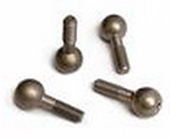
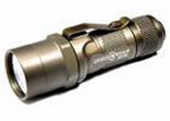

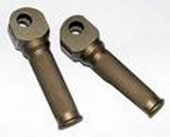

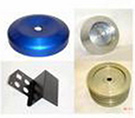
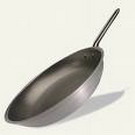
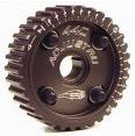
As Referans Metal we have been using hard anodizing as a solution in many production companies. On molding surfaces, against corrosive solutions, for machine surface and apparels, in defense industry, aviation industry, etc… That is, in many sectors and companies that require surface resistance/endurance of aluminum, we have been applying hard anodizing.

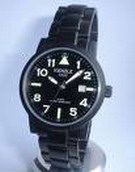

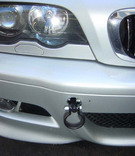
The benefits of hard anodizing aluminum instead of using stainless steel are lower overall cost and weight. Machining hard anodized aluminum is easier than penetrating a similar block of stainless steel. Hard anodizing also yields a product resistant to harsh weather, salt sprays and abrasive machining processes. Aluminum processed by hard anodizing can be only a few points away from the hardness of diamonds.
Калькулятор веса

 Калькулятор Веса
Калькулятор Веса

